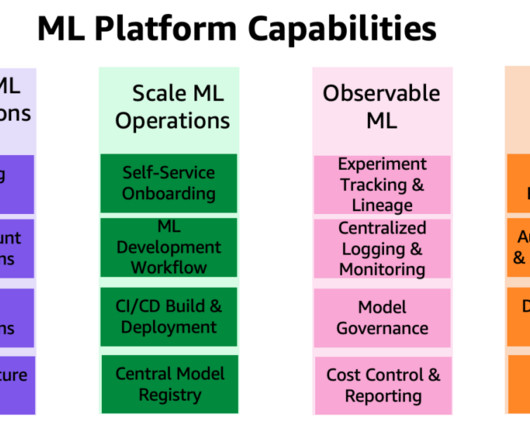Search enterprise data assets using LLMs backed by knowledge graphs
NOVEMBER 27, 2024
The application needs to search through the catalog and show the metadata information related to all of the data assets that are relevant to the search context. Solution overview The solution integrates with your existing data catalogs and repositories, creating a unified, scalable semantic layer across the entire data landscape.













Let's personalize your content